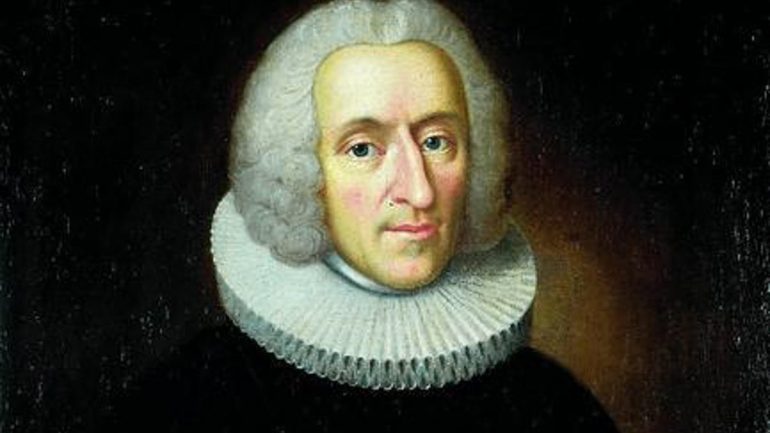On 9 August 1723, Egede set out on a sea voyage along the coast to search for the old eastern settlement, and on 28 August, after repeatedly seeing the remains of dilapidated houses along the way, he reached a fjord at the end of which In it stood a stately ruined church. The walls one and a half meters thick reached the height of the original eaves of six meters. Egede discovered the Havalsi Church, built around 1300. To this day it is the best-preserved structure of the ancient Scandinavians on Greenland. A wedding here in 1408 was one of the last documented events in its history.
Meanwhile, the Inuit’s concern for Egede’s salvation has gained the upper hand over the dream of rediscovering an old Norse settler culture. Which mainly brought with it the challenge of integrating the Christian message into the vision of the target group. How do you translate the Lord’s Prayer for those who do not know grain, and therefore do not have bread? Agede opted for the formulation: “Give us our daily seal today.” His Greenlandic Catechism, published in 1741, stood at the beginning of a tradition of a written and scholastic culture in the Inuit language. There were certain things about the way of life of the local people that troubled the pious Protestants. During a visit to a house that had been thoroughly warmed by the warmth of the cool lights, he met 45 residents, all of whom, “including the women,” were walking topless: “But when I asked them to get dressed. Said, then they were ready immediately.”
 Laden…
Laden…© Christian Klind Soelbeck / Ritzau ScanPix / Picture Alliance (Excerpt)
Statue in Nuuk | In 2020 the statue of Hans Egede was painted red and featured the slogan “Decolonize”. Soon after, a vote was held in Greenland on whether the image should be removed. Ultimately more people decided to keep the statue standing.
Clergy saw beating and punishment as effective means of conversion
In general, the Inuit did not adversely affect the Aegde: “These people are not violent or bad-tempered, so that they are not easily tempted to do something bad. (…) Men and women are treated equally polite and disciplined. (…) But as pleasant as it is to watch their conversation, the filth and stench coming into their homes from oil and the like is so unbearable. Egede did not look at himself at eye level with his exuberant adversaries. conversion. They presented themselves as bearers of special spiritual powers in competition with local magicians. He saw himself as a kind of teacher. “There can be nothing better than to beat and punish them” – that too was one of his mission maxims.
Since 1922 his monument has risen on a hill above Nuuk, where Egede also founded the first settlement. Its historical role in giving a new direction to Greenland’s history and showing the country the way to the modern era is undeniable. The fact that the autonomous island is still legally attached to Denmark is one of the results of their work. Of course, it seems questionable how such services should be evaluated. In the summer of 2020, the Aegade statue was painted red. With the slogan: »Cancellation!« – In German »Decolonization!«. This means: liberate Greenland from its dependence on the colonial homeland.

Web guru. Amateur thinker. Unapologetic problem solver. Zombie expert. Hipster-friendly travel geek. Social mediaholic.





